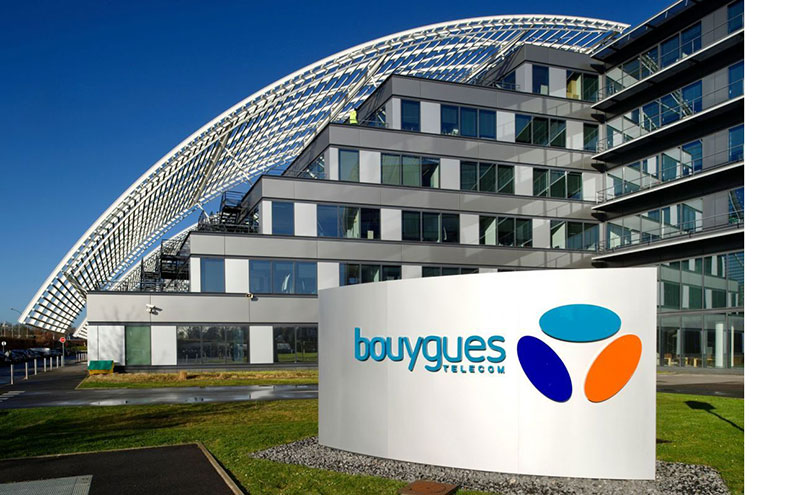Bouygues Telecom is using Broadpeak’s nanoCDN multicast ABR delivery to reduce traffic by a large margin compared to unicast content, without compromising quality of experience.

Image by Freepik
As the consumption of streaming video content continues to grow, it results in a significant increase in the amount of data delivered via operators' networks. To address this shift in usage, French communications operator Bouygues Telecom has started using a multicast ABR delivery model, Broadpeak nanoCDN, which reduces traffic by a large margin compared to unicast content, without compromising the quality of experience.
Multicast ABR (MABR) supports the distribution of a single physical copy of video content, in an ABR (adaptive bit rate) format such as DASH or HLS, to all users via multicast one-to-many streaming rather than HTTP individual connections. MABR delivery is composed of a multicast server, usually placed in the video headend. This server takes in content via standard ABR streaming from an origin server, encapsulates it into multicast and sends it throughout the IP Service provider's network. At the other end, an agent embedded in a router, set-top box or home gateway, unwraps the multicast layer and serves the content in an ABR format to standard streaming devices.
“The strong growth of video streaming puts a sustained strain on our network, especially when it comes to popular programs streamed live on high-traffic channels,” said Jean-Paul Arzel, chief technical officer at Bouygues Telecom. “The nanoCDN multicast ABR system has made a huge difference, allowing us to reduce network impact while assuring us of the quality of our customers’ viewing experience. A first in France, this was made possible owing to our collaboration with Broadpeak.”

Broadpeak’s nanoCDN multicast ABR approach places a piece of software in the headend, which pulls source ABR streams and embeds them into the multicast stream – solving scalability and potential quality issues. The nanoCDN agent, within the home gateways, converts the received stream back to unicast, enabling video delivery to Bouygues Telecom’s Bbox Smart TV.
Since May 2023, multicast ABR has been available to Bouygues Telecom customers who are Bbox Smart TV subscribers and running a compatible modem. Since then, several channels have been gradually activated with multicast ABR, with results showing a 94% decrease in delivered data volume over the past three months, according to Broadpeak.
Building on this success, the system will be offered for a total of 30 high-traffic channels by early 2024, including general and news channels, as well as sports and entertainment channels. It will be gradually deployed to the entire Bbox Smart TV user base.
“We are continuing our long-standing relationship with Bouygues Telecom with a new, scalable way to manage video traffic peaks, especially during live events,” said Jacques Le Mancq, CEO of Broadpeak. “nanoCDN means Bouygues Telecom can be assured of an excellent experience for its subscribers, an increasingly important requirement among end users.” broadpeak.tv




